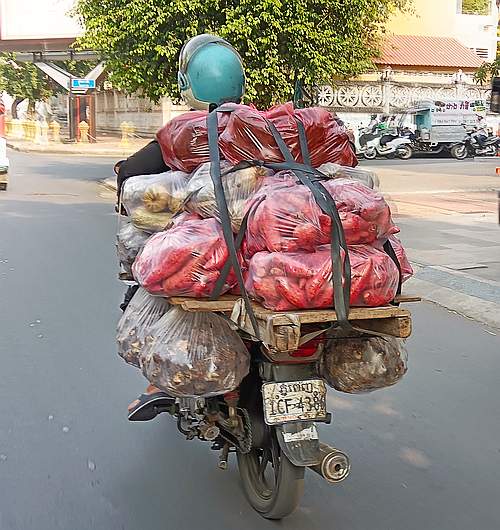
[I turned on the comments feature for this page. Do you have idea what are the red things in the bags?]
Charlie Dittmeier's Home Page

[I turned on the comments feature for this page. Do you have idea what are the red things in the bags?]
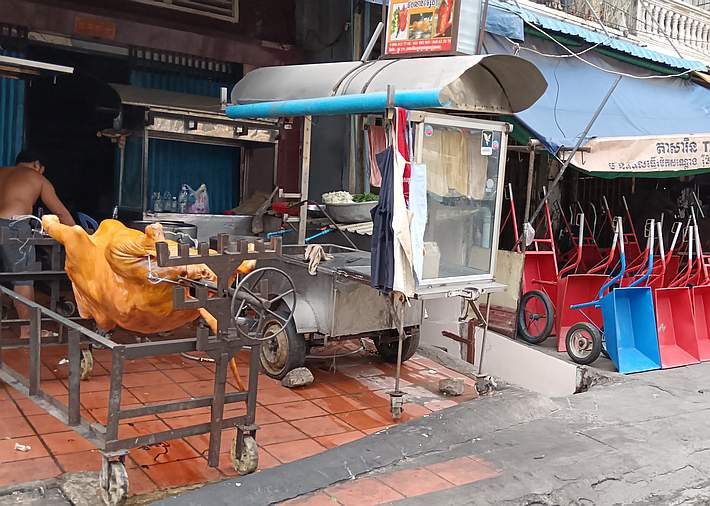
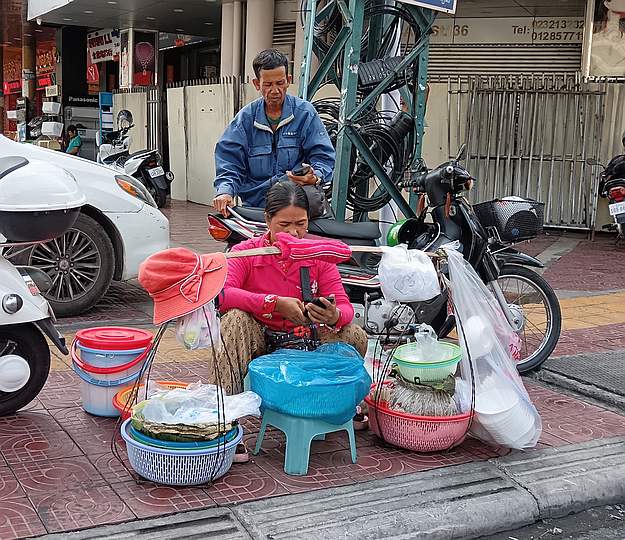
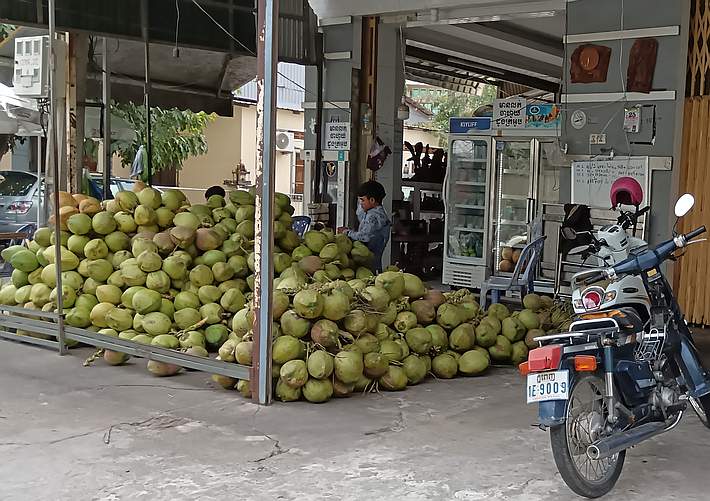
Cambodia’s alternative to soft drinks and slurpees.
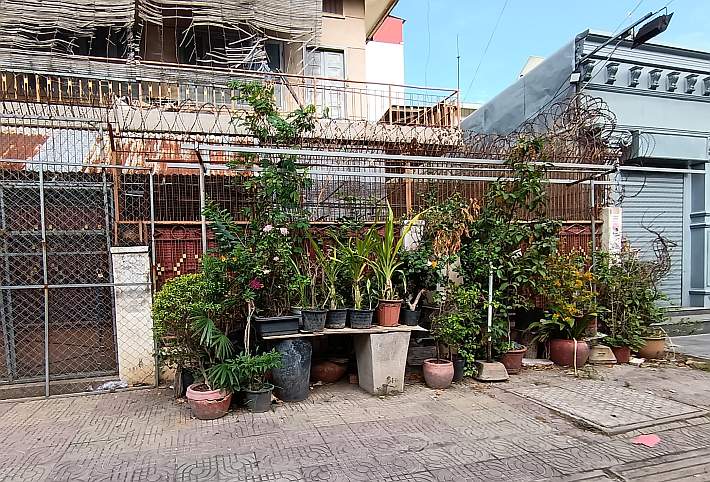
Most of Phnom Penh’s population has been transplanted from the rural provinces to the capital city. The saying goes: “You can take the person out of the country but you can’t take the country out of the person.” There are many illustrations of that adage around Phnom Penh where the now city dwellers try to recreate the fields, the plants, the flowers the way it was “back then.”
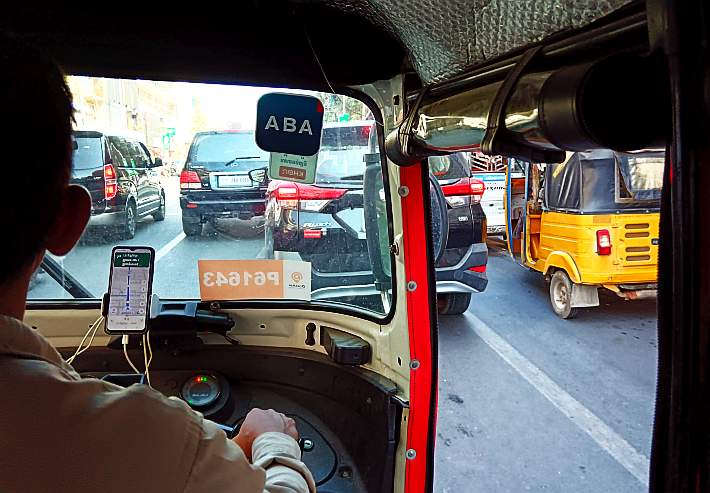
This is a shot driving in a tuk-tuk to St. Joseph Church this morning. Notice the two cars in front of us. One has his wheels on the left lane line and other has his wheels on the right lane line. They refuse to drive in the middle of the lane unless forced to by traffic. Why do they do that? My tuk-tuk driver is trying get his wheels on the left lane marker.
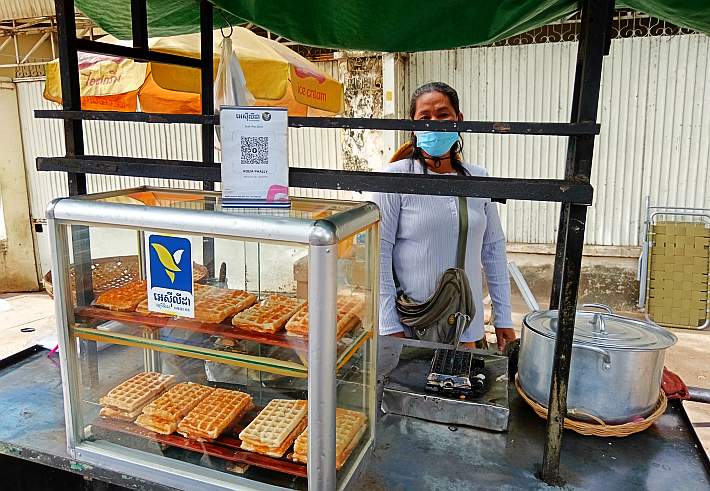
I never buy snacks on the street, but I am always delighted to see these waffles on the snack tables at break time when I go to meetings! They’re delicious!
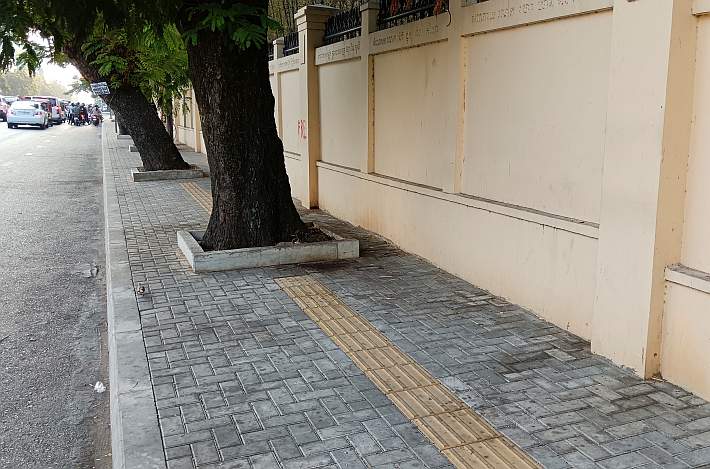
None of these options are very good, but it seems the workmen who put down the yellow tactile tiles to guide blind people:
• had no idea what the yellow tiles are used for, OR,
• they knew the purpose of the special tiles but no one told them to go around the trees, OR,
• they just didn’t care that they were making life worse for blind people.
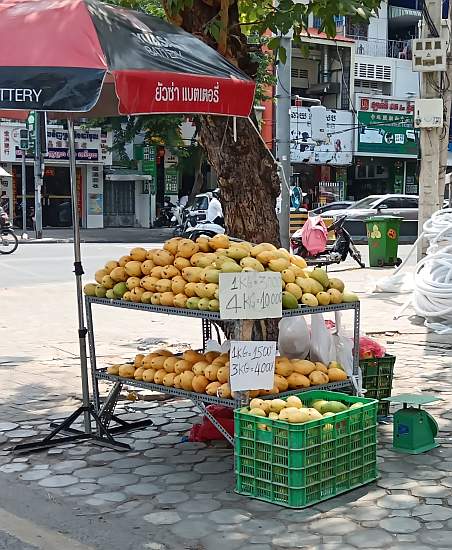
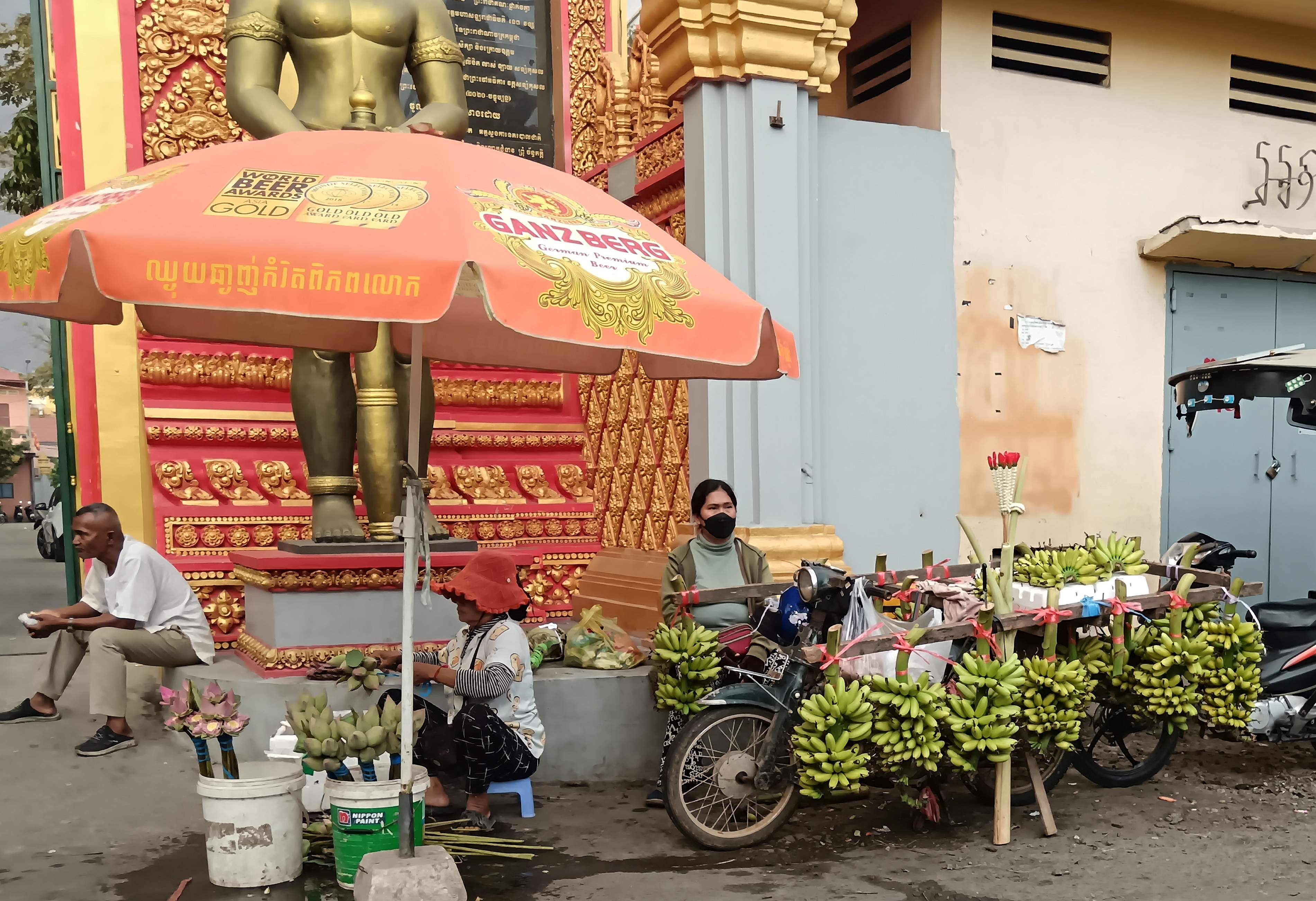
These are some typical street vendors who have claimed a space at the entrance to Wat Sansam Kosal in Boeung Tum Pun. On the left is a woman selling lotus bulbs and flowers to people entering the wat (pagoda), and on the right is a man selling bananas to those merely passing by.